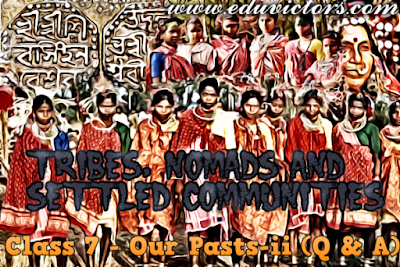Classification of Living Beings By Biologists
From 16th century, various biologists attempted to classify various organisms but didn't realize the evolutionary relationships. In 1758 Carl Linnaeus proposed a system that has dominated classification for centuries. Linnaeus identified two kingdoms: Animalia (animals) and Plantae
(plants).
All the terms like species, genus, family, order, class, phyla etc were defined by Linnaeus on the
basis of the similarities and differences studied by him in groups of organisms.
The first major break from the Linnaean model came from Thomas Whittaker. In 1969 Whittaker proposed a "five kingdom" system in which three kingdoms were added to the animals and plants: Monera (bacteria), Protista, and Fungi.









